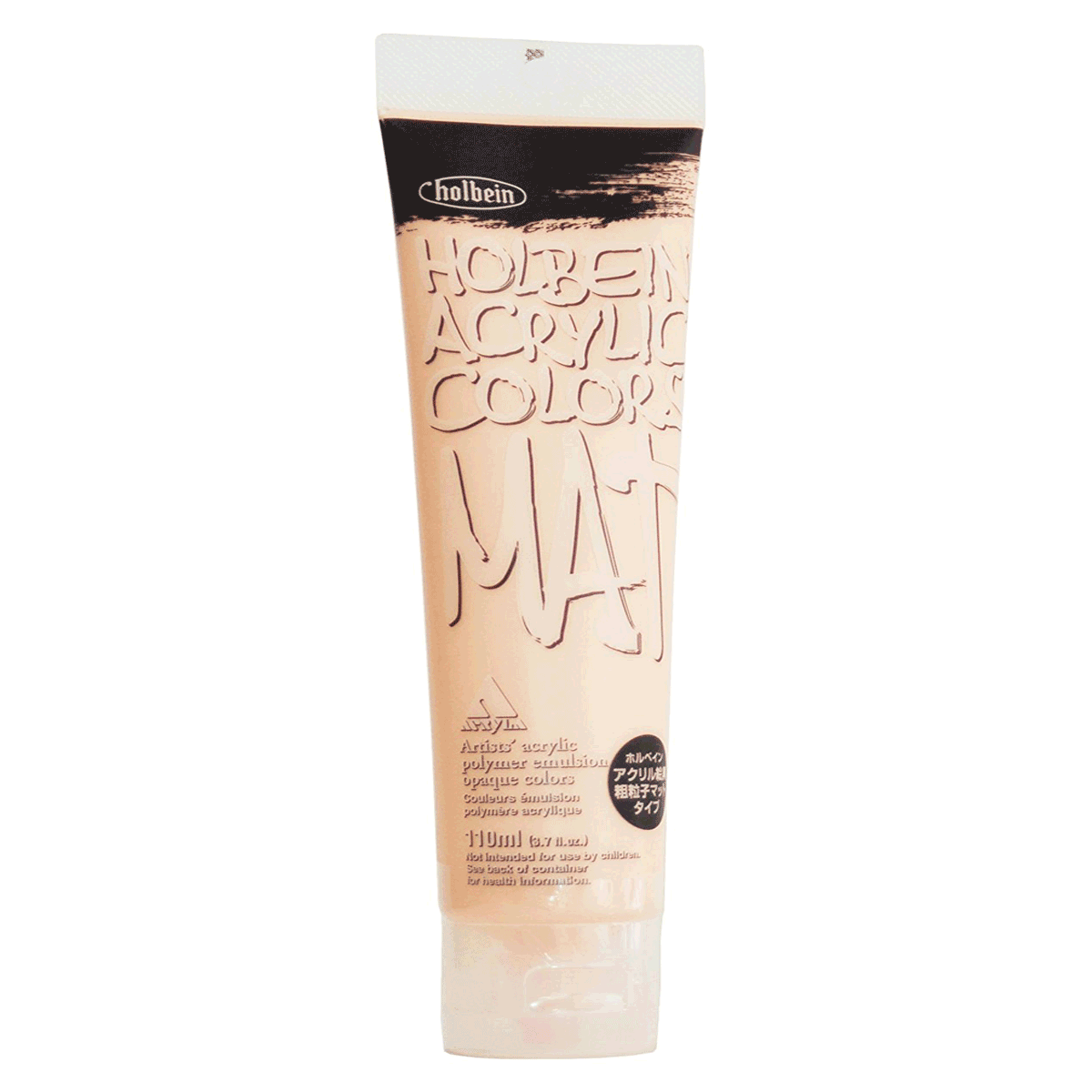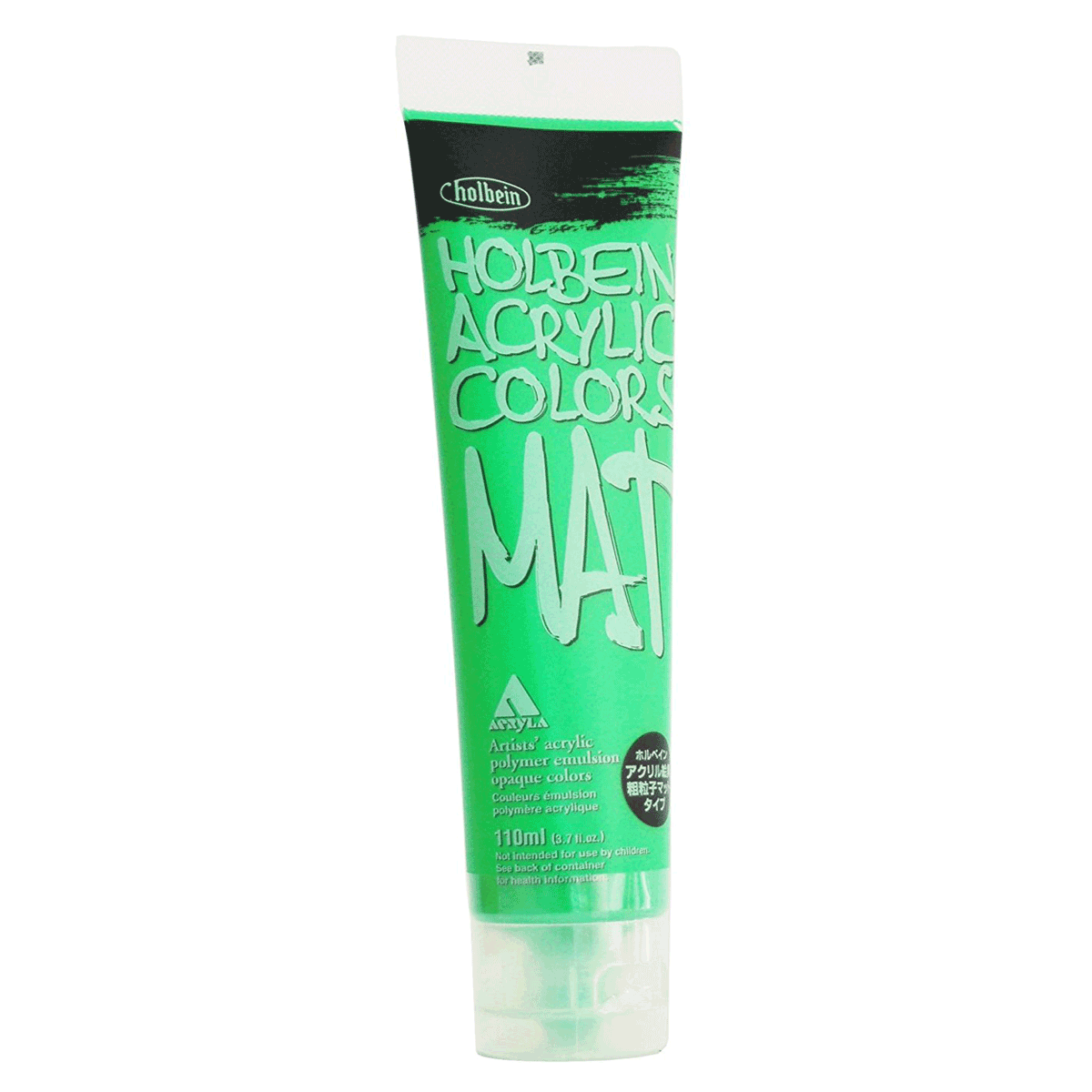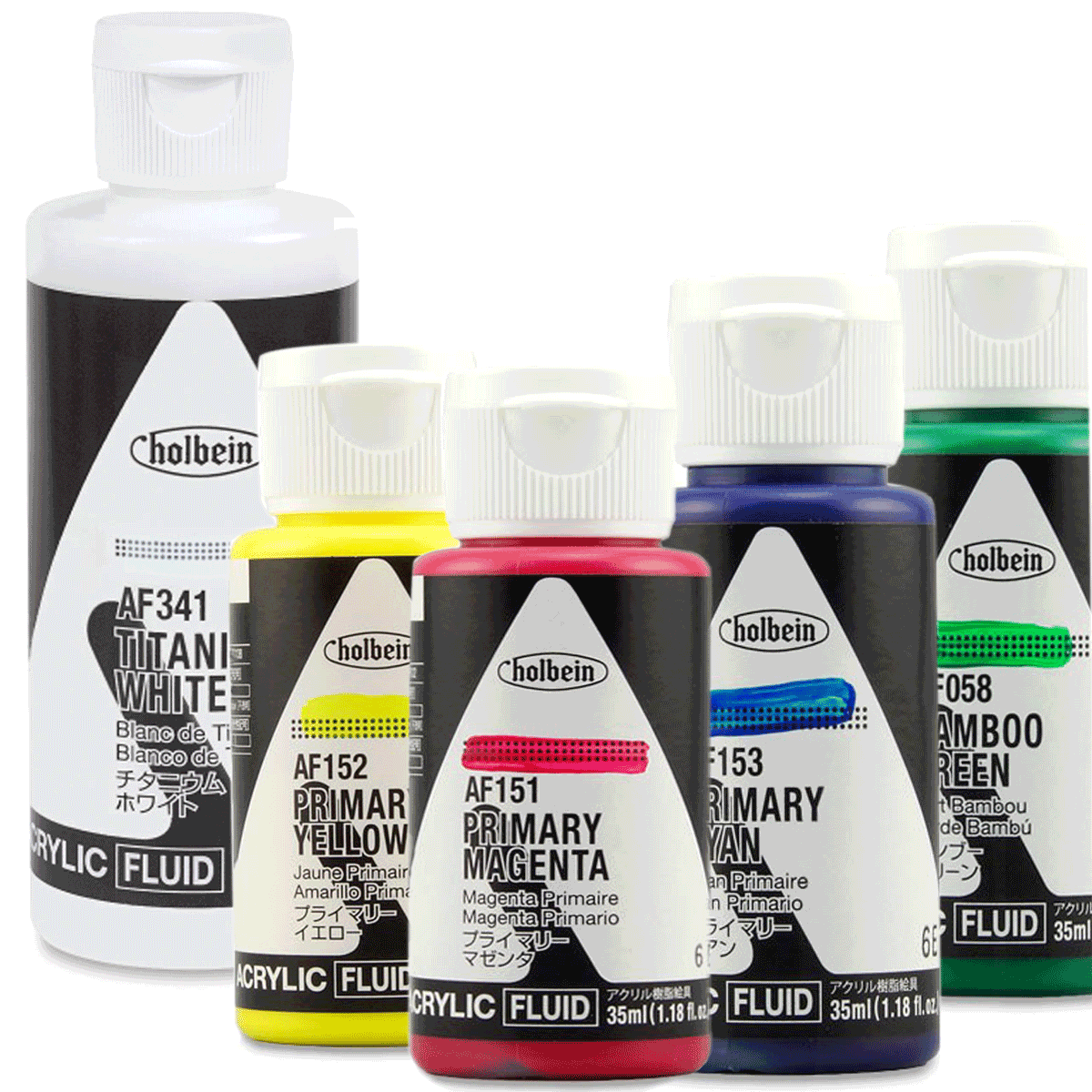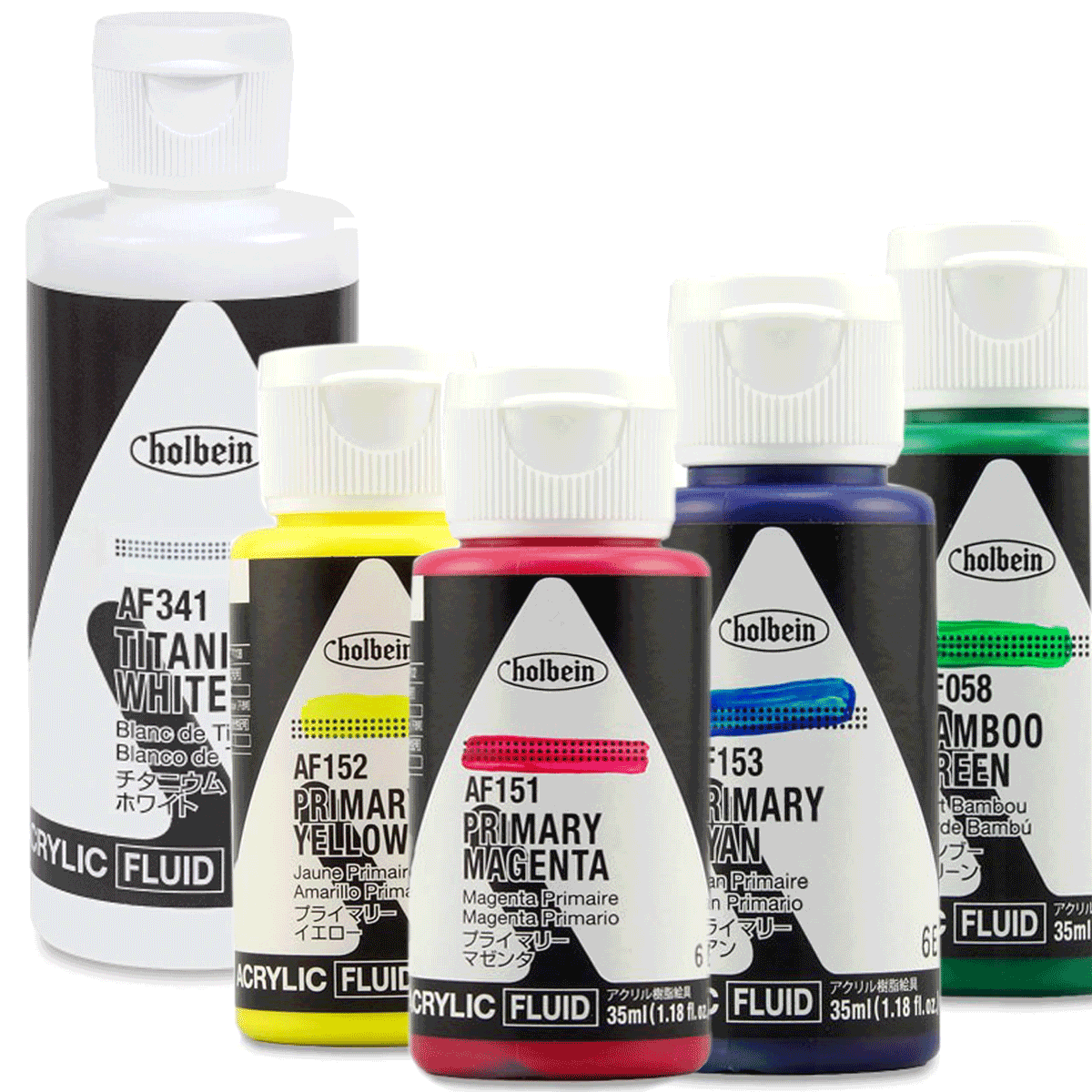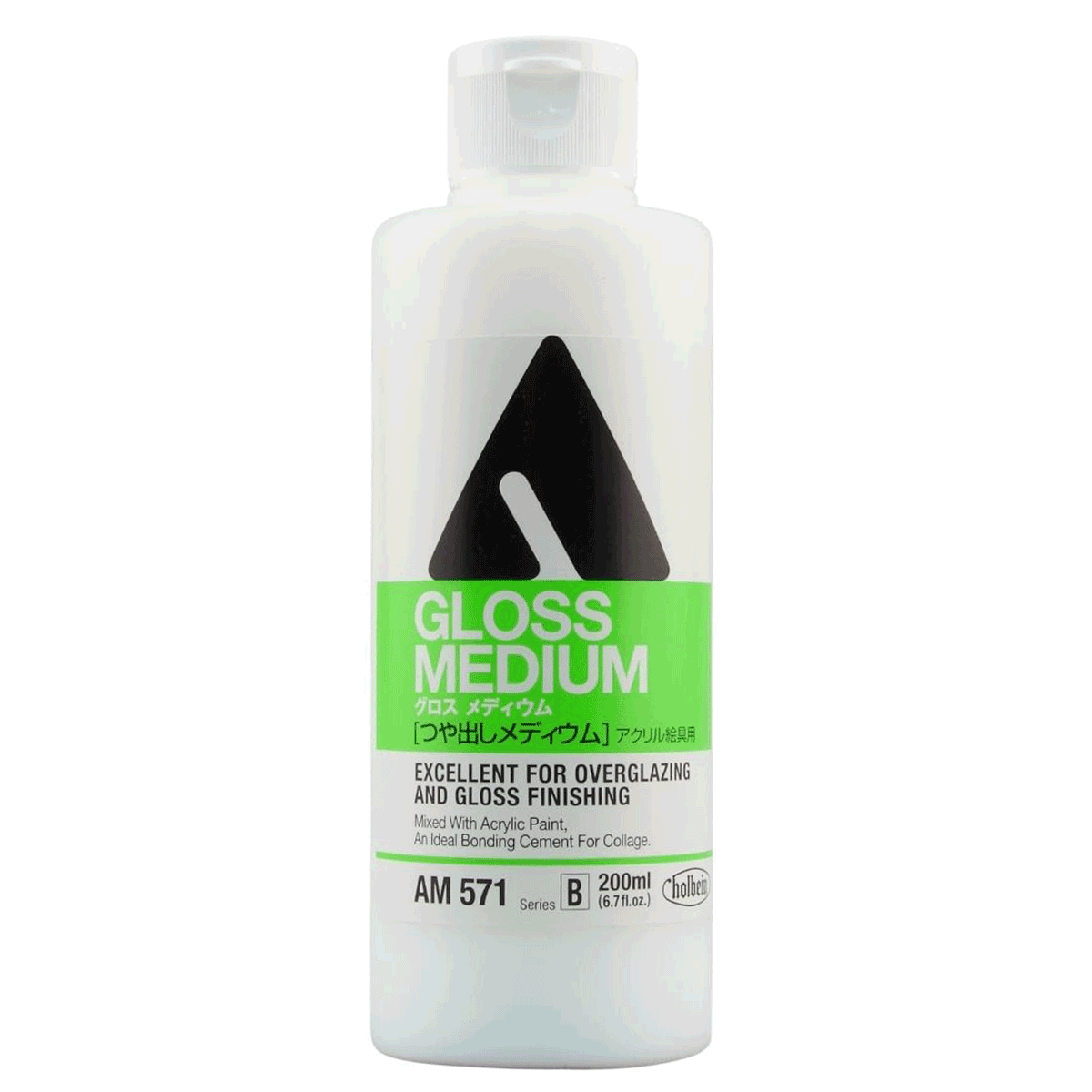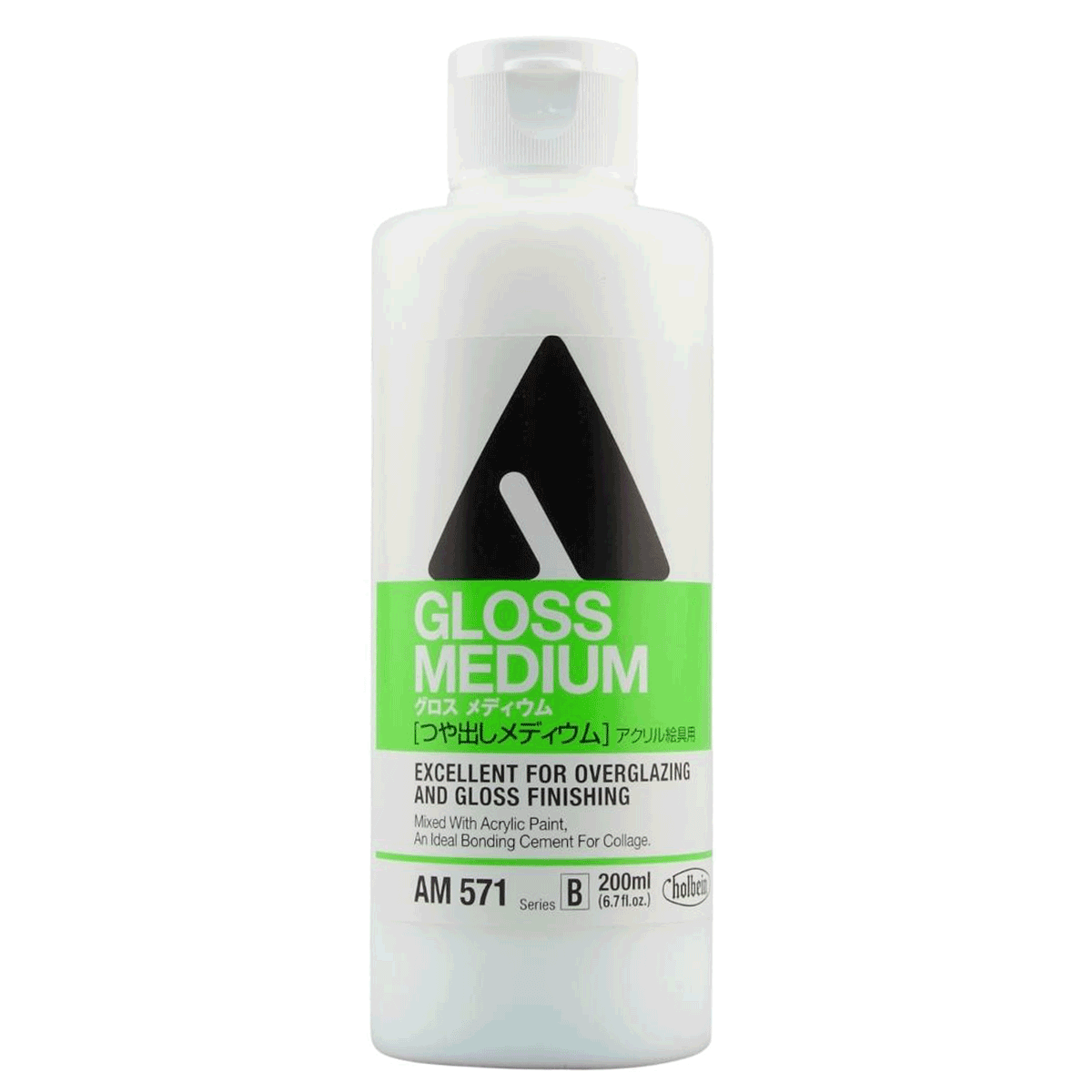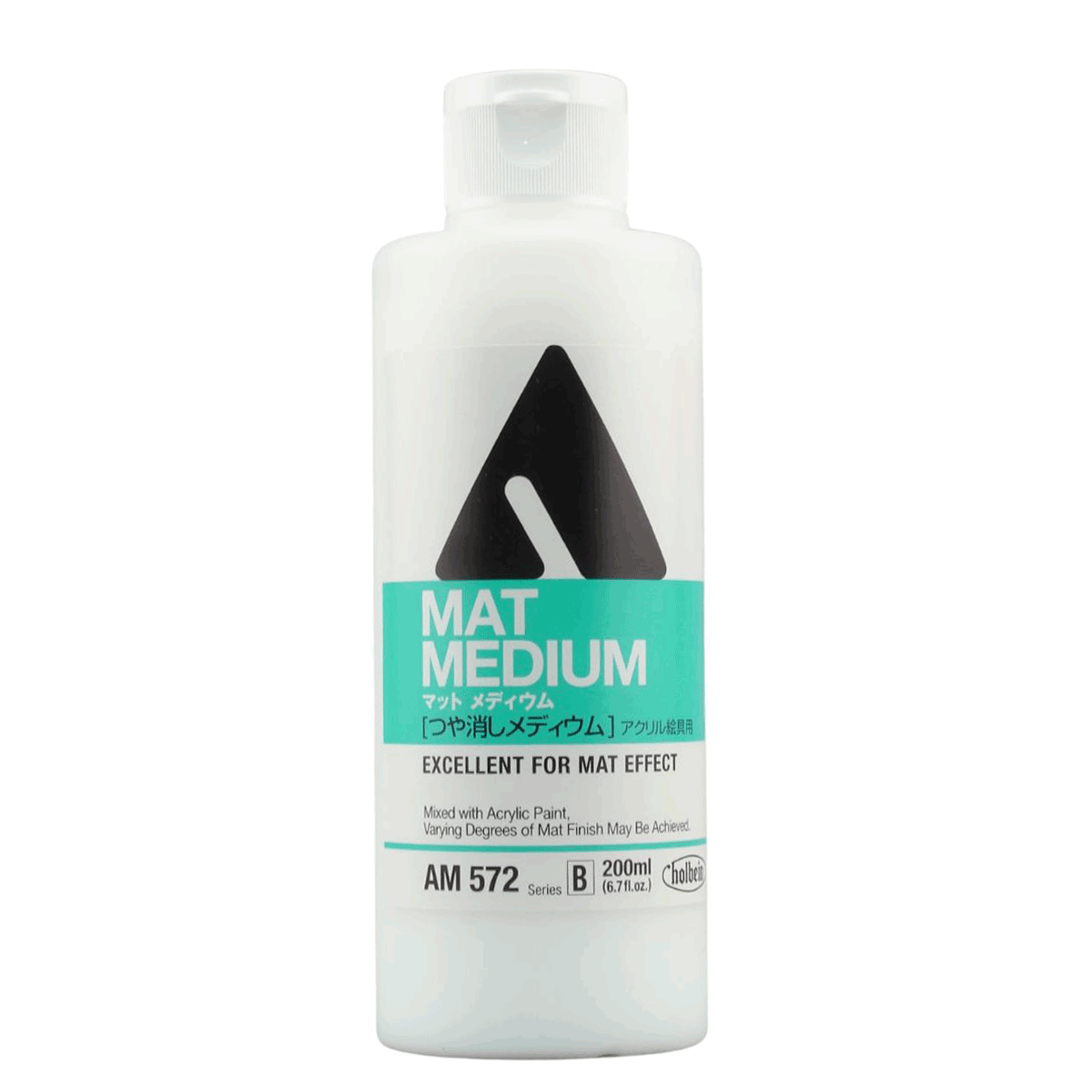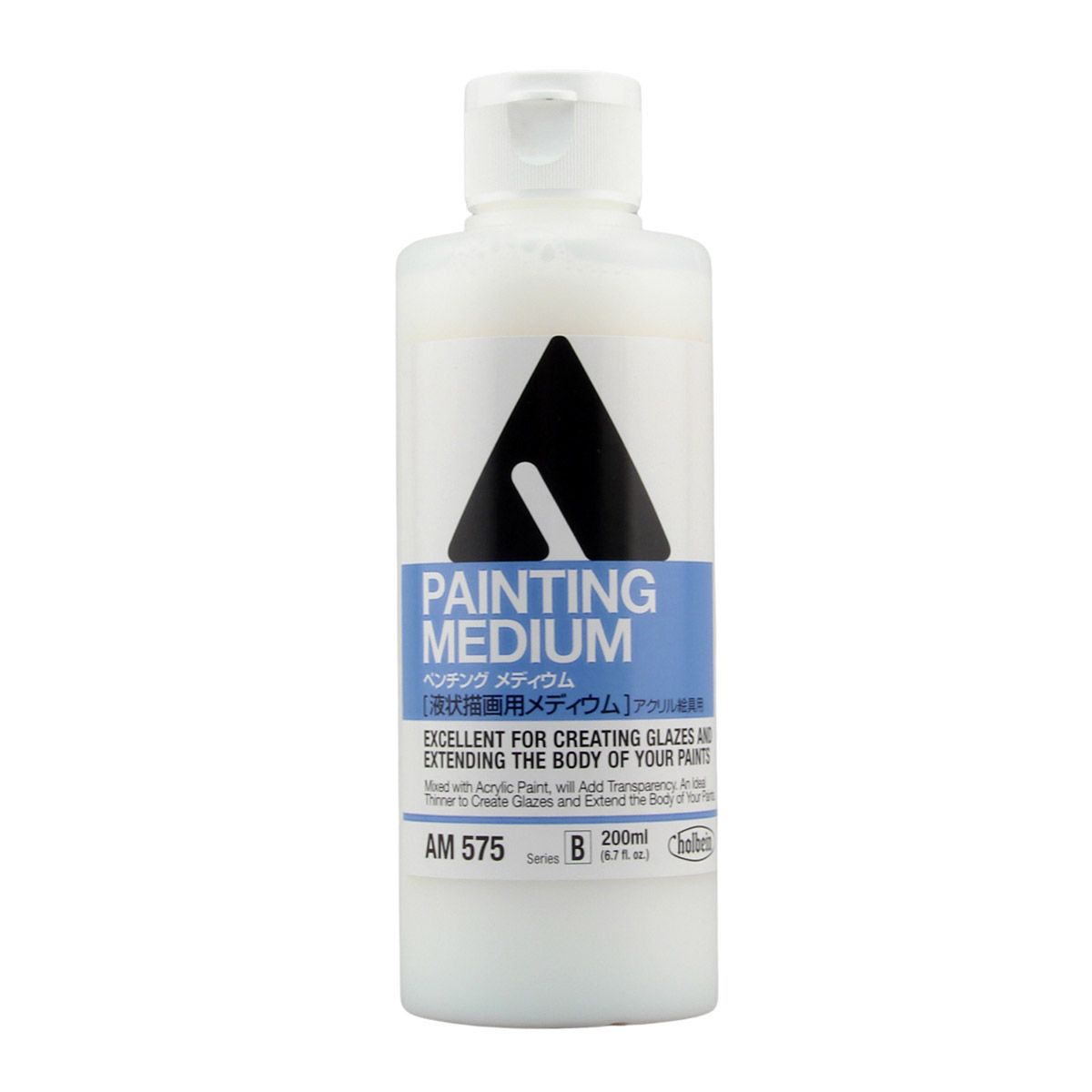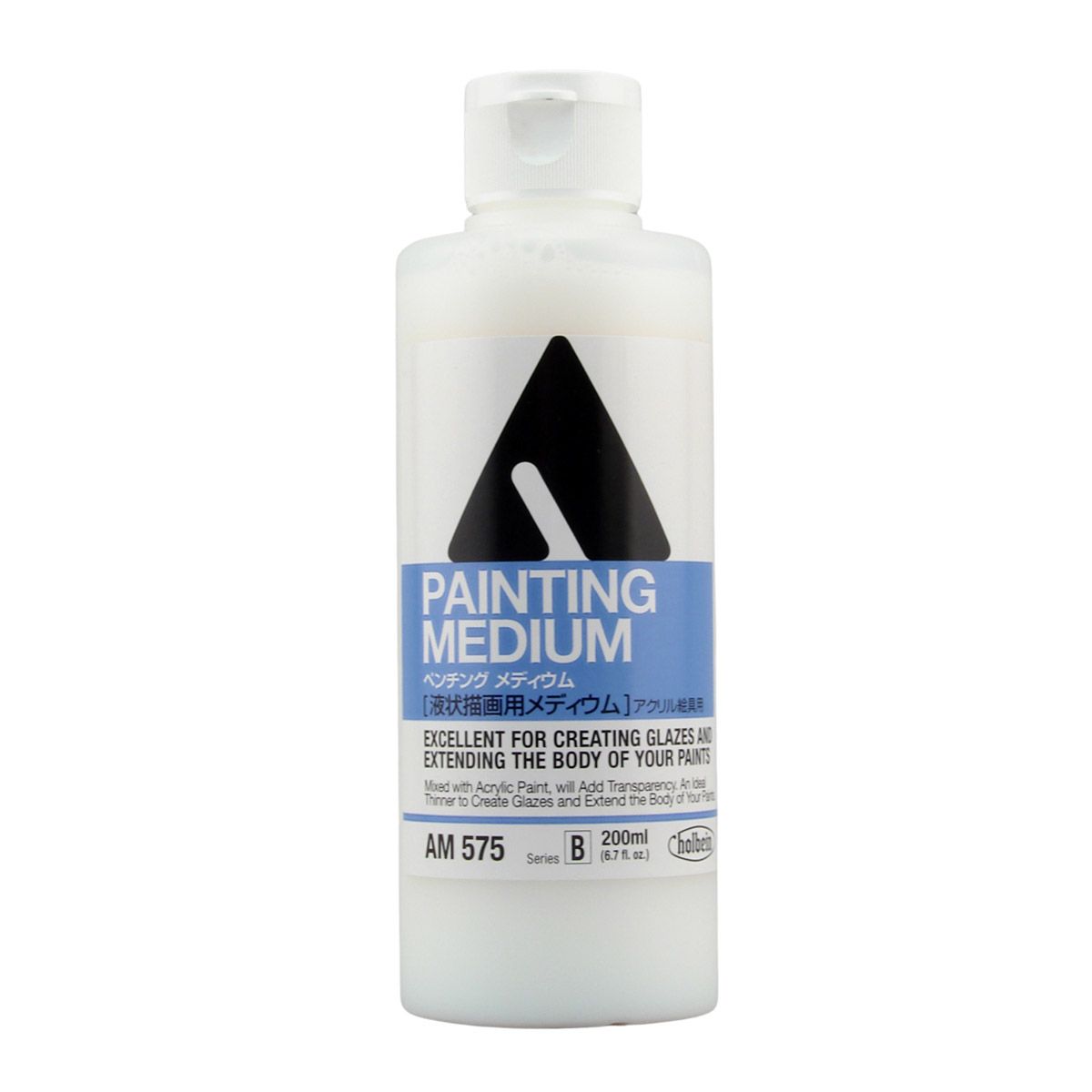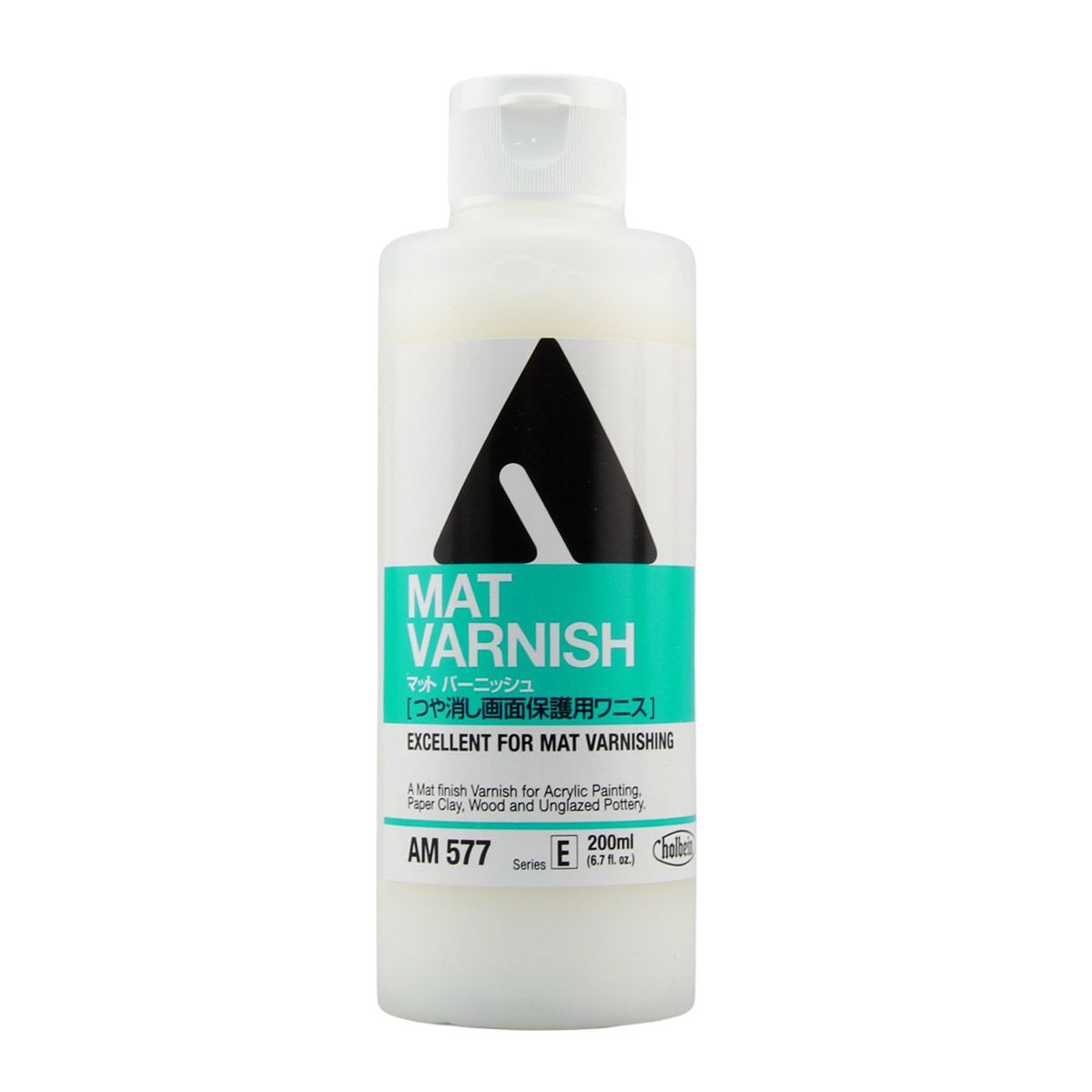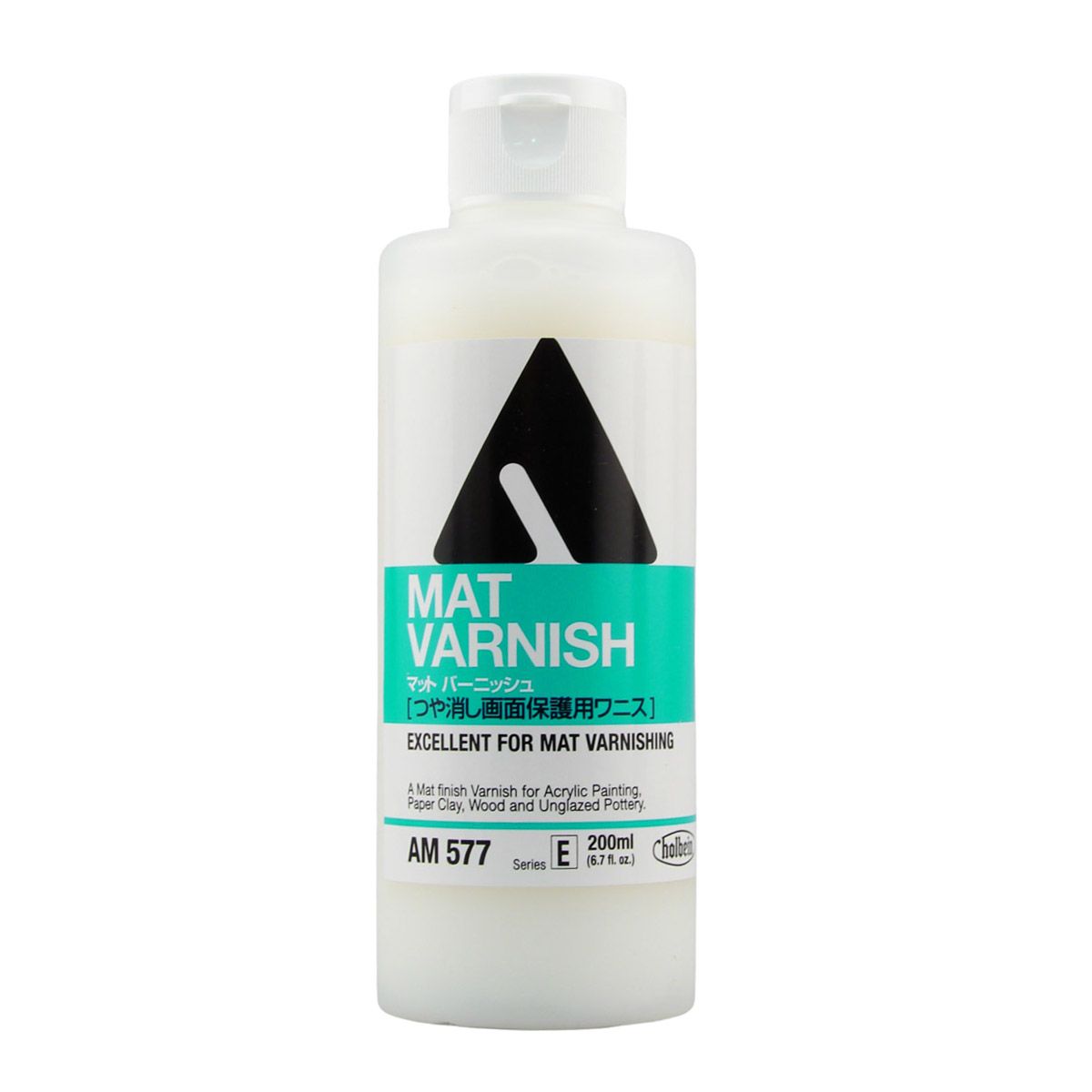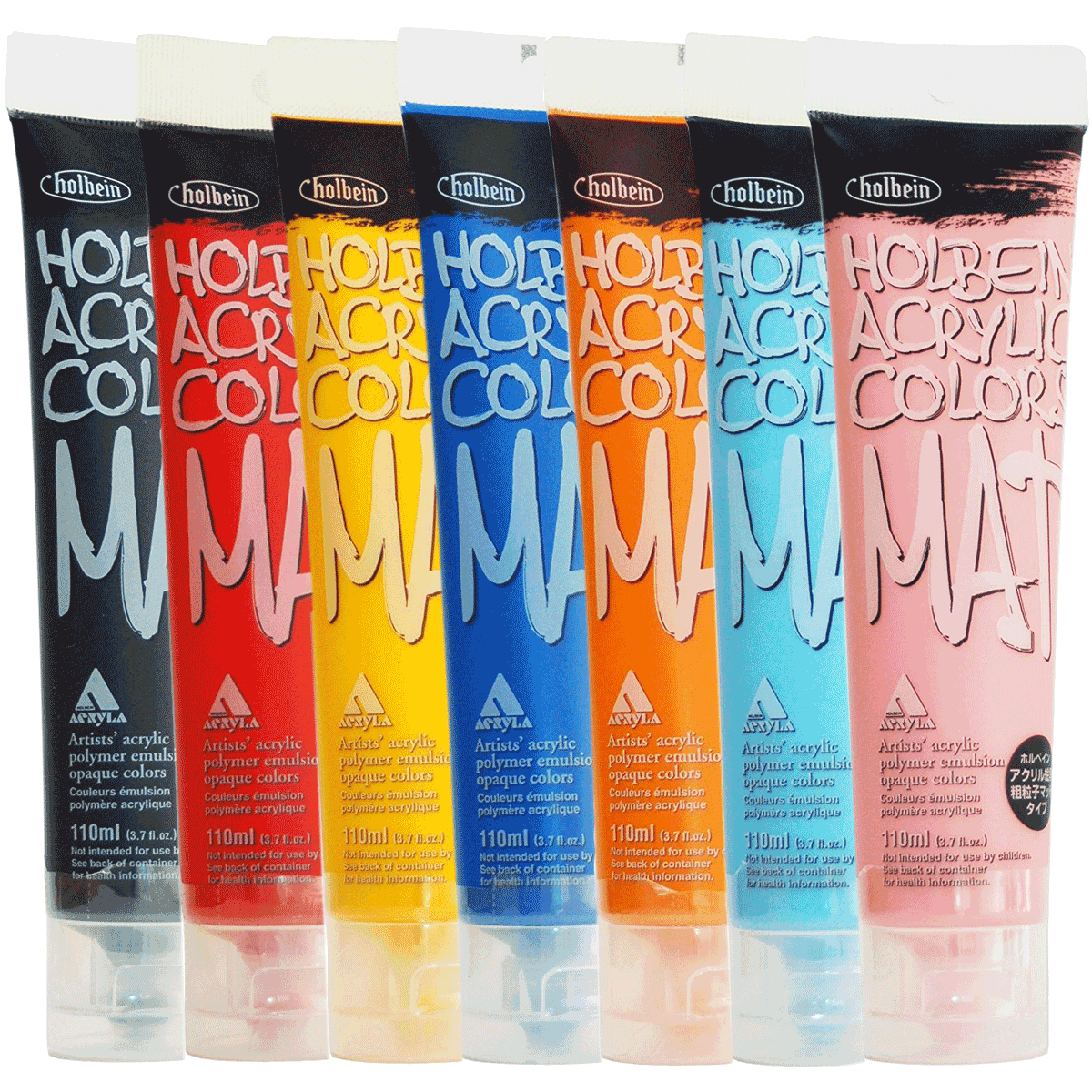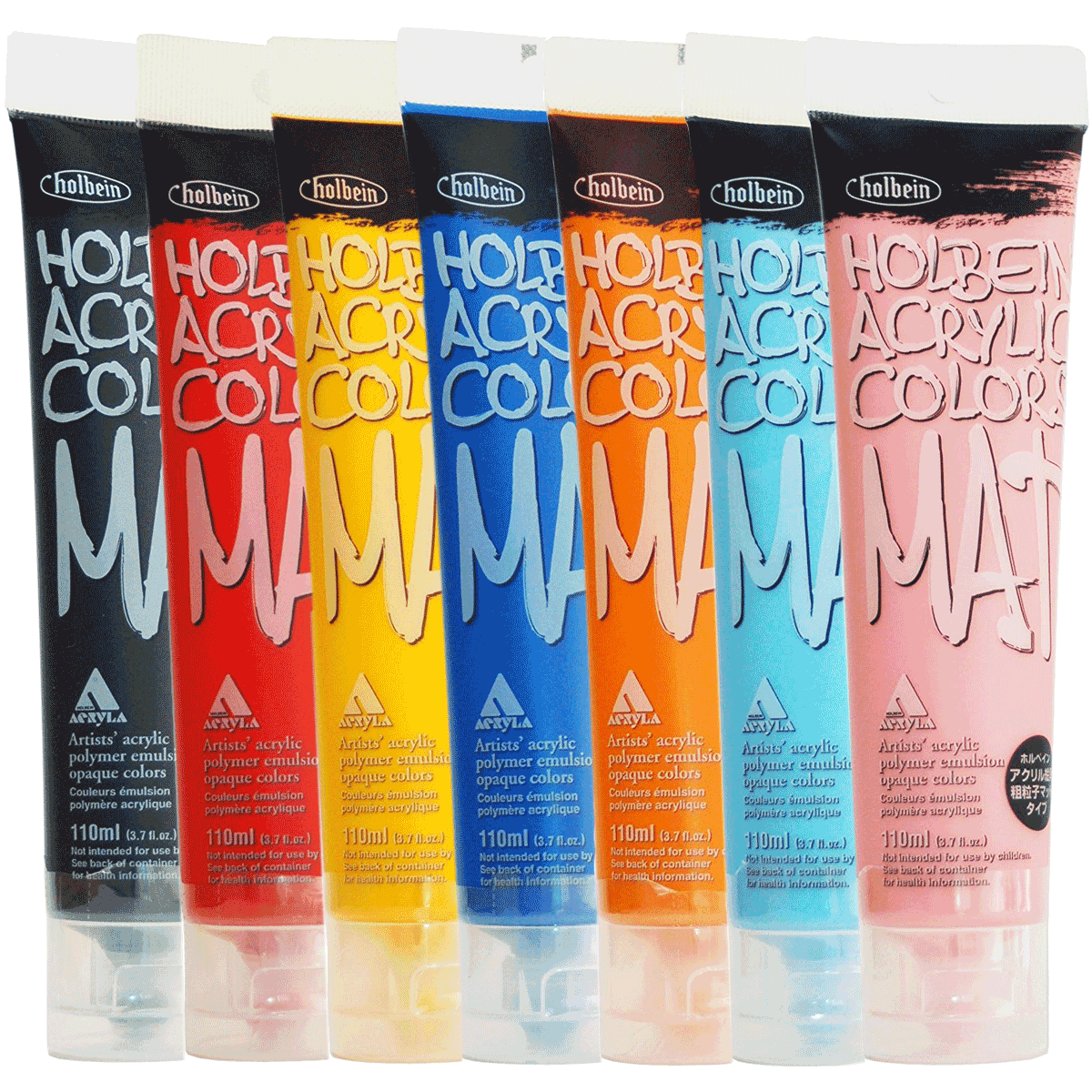Holbein Mat Acrylic Yellow - 110 ml Tube
M012 Yellow / Jaune - Diarylide Yellow 83 - PY83 (organic, disazo), Hansa Yellow 10G PY3 (monoazo), Titanium White PW6 (Inorganic, titanium dioxide)
Diarylide Yellow comes from a family of azo pigments called Diarylide. These yellow-hued pigments were developed around 1940 and are very important in printing inks. Hansa Yellows were first made in Germany just before WW1 from a series of synthetic dyestuffs called Pigment Yellow. Titanium dioxide was first discovered in 1821, and widespread use of the pigment began in the 1940s. Since that time, it has become the most commonly used white pigment.
- Series: C
- Lightfast: **
M012 Yellow / Jaune - Diarylide Yellow 83 - PY83 (organic, disazo), Hansa Yellow 10G PY3 (monoazo), Titanium White PW6 (Inorganic, titanium dioxide)
Series: C
Lightfast: **
Pigment 1: Diarylide Yellow 83 - PY83
Diarylide Yellow comes from a family of azo pigments called Diarylide. These yellow-hued pigments were developed around 1940 and are very important in printing inks.
- Pigments name: PY83-Diarylide Yellow 83
- Pigments name: Diarylide Yellow 83 - PY83
- Pigment Type: Organic, disazo
- Chemical Name: n/a
Properties: Diarylide Yellow is a semi-opaque, moderately staining, intense deep reddish yellow pigment with good tinting strength.
Permanence: Diarylide Yellow 83 has excellent lightfastness and permanence. However, it can fade in tints, so some artists do not consider it suitable as an artists’ colour. Many other diarylide yellow pigments have fair to poor lightfastness, and some are entirely fugitive. Diarylide Yellow 83 is reputed to be one of the most permanent of the entire group.
Toxicity: Diarylide Yellow has no significant acute hazards, but chronic hazards have not been well studied.
Alternate Names: Benzidine Yellow, Diazo Yellow.
Pigment 2: PY3 Hansa Yellow 10G
Hansa Yellows were first made in Germany just before WW1 from a series of synthetic dyestuffs called Pigment Yellow. They were intended to be a synthetic replacement for Cadmium Yellow.
- Pigments name: Hansa Yellow 10G PY3
- Pigment Type: Organic, monoazo
- Chemical Name: n/a
Properties: This Hansa yellow is transparent. It has excellent brightness and tinting strength, and its drying time ranges from average to slow.
Hansa Yellow makes more intense tints and cleaner secondaries than Cadmium Yellows, especially when mixed with other organic or modern colours like Phthalo Blue and Green. Because they are more transparent, they have great value as glazing colours.
Permanence: This Hansa Yellow has fair to good permanence, particularly in the lighter shades.
Toxicity: Hansa Yellow has no significant acute hazards, though its chronic hazards have not been well studied.
Alternate Names: Arylamide Yellow, Arylide, Arylide Yellow, Azo, Brilliant Yellow, Monoazo, Monolite Yellow, Permanent Yellow.
Pigment 3: Titanium White PW6
Titanium is the ninth most abundant element in the Earth's crust. However, mineral deposits that are economical to mine are less common. Titanium dioxide was first discovered in 1821, although it could not be mass-produced until 1919. Widespread use of the pigment began in the 1940s. Since that time, it has become the most commonly used white pigment. The name comes from the Latin word Titan, the name for the elder brother of Kronos and ancestor of the Titans, and the Greek word tito, meaning day or sun.
- Pigments name: Titanium White PW6
- Pigment Type: Inorganic
- Chemical Name: Titanium dioxide
Properties: Titanium White is the most brilliant of the white pigments. It is considered an all-purpose oil colour useful in all techniques and the best all-around white. Its masstone is neither warm nor cool, placing it somewhere between Lead White and Zinc White. It is less prone to cracking and yellowing than Lead White, but it still yellows easily. Titanium White dries slowly in oil form, more slowly than Lead White but more quickly than Zinc White. It is opaque in oil and acrylic forms and semi-opaque in watercolour form. This pigment has good chemical stability, and its tinting strength is superior to both Lead White and Zinc White.
Permanence: Titanium White has excellent permanence and lightfastness.
Toxicity: Titanium dioxide is highly stable and is regarded as completely non-toxic. Animal studies do not indicate that it is absorbed biologically, even after long periods of exposure. The primary safety concern is with inhalation of fine pigment dust particles. If inhaled in large amounts over several years, Titanium White may cause benign pneumoconiosis visible on x-rays. The National Institute of Occupational Safety and Health (NIOSH) considers fine titanium dioxide particles, if inhaled, to be a human carcinogen. The primary concern for artists is to avoid exposure to fine particulate dust from raw pigments.
Alternate Names: None.
| Size | 110 ml |
|---|---|
| Brand | Holbein |
| Country of Manufacture | Japan |
| Type of Store Credit value | Select |












